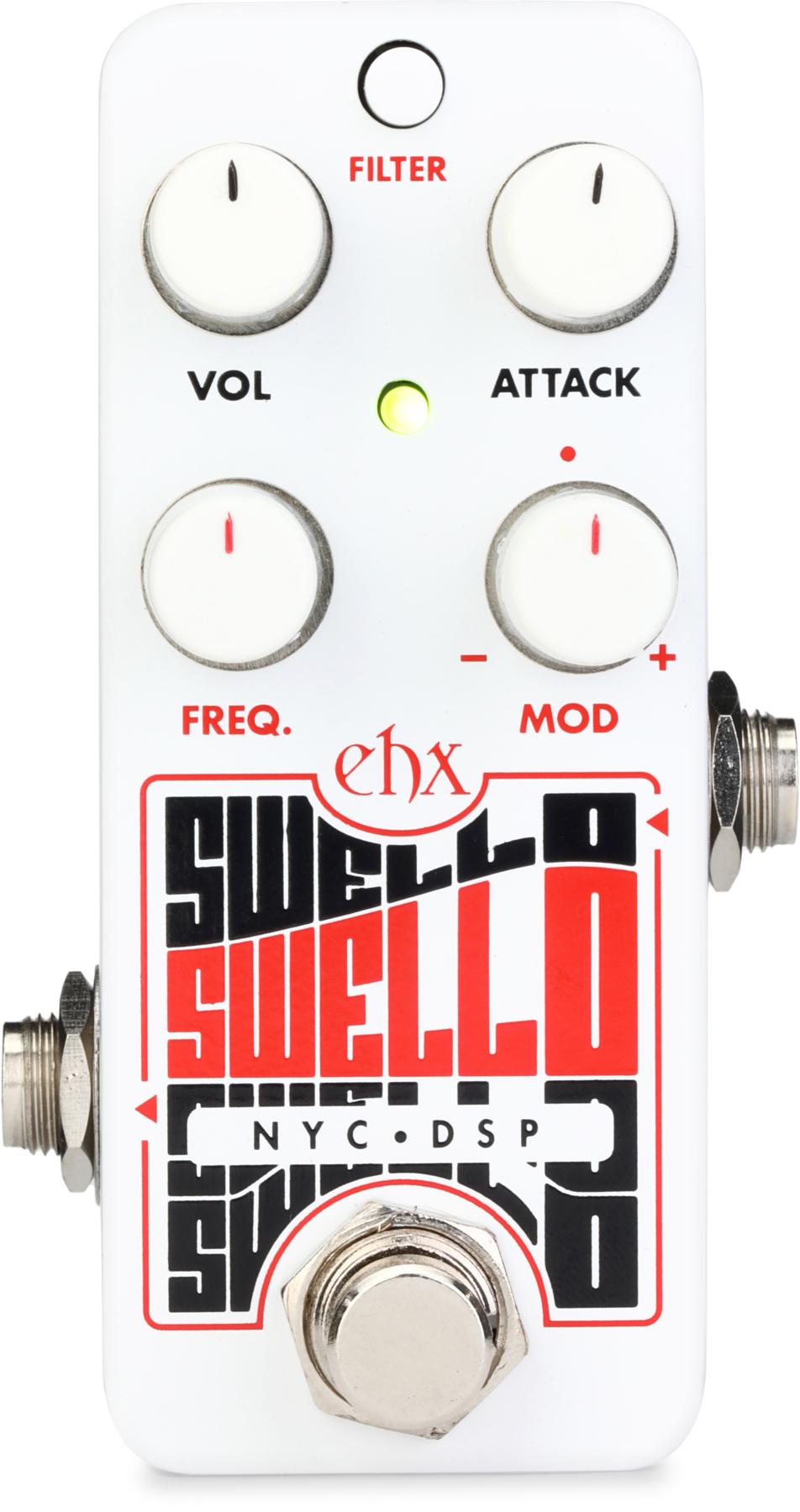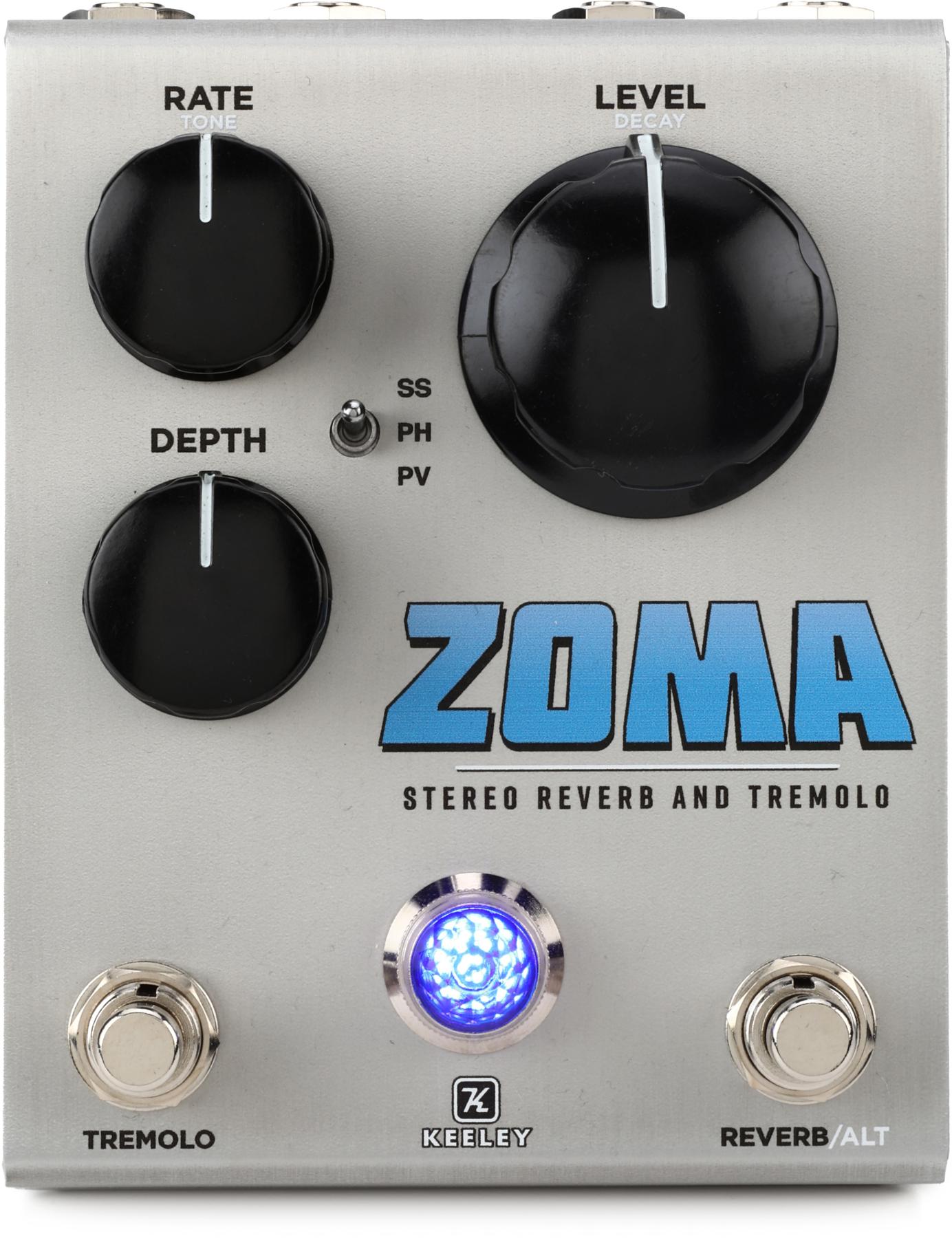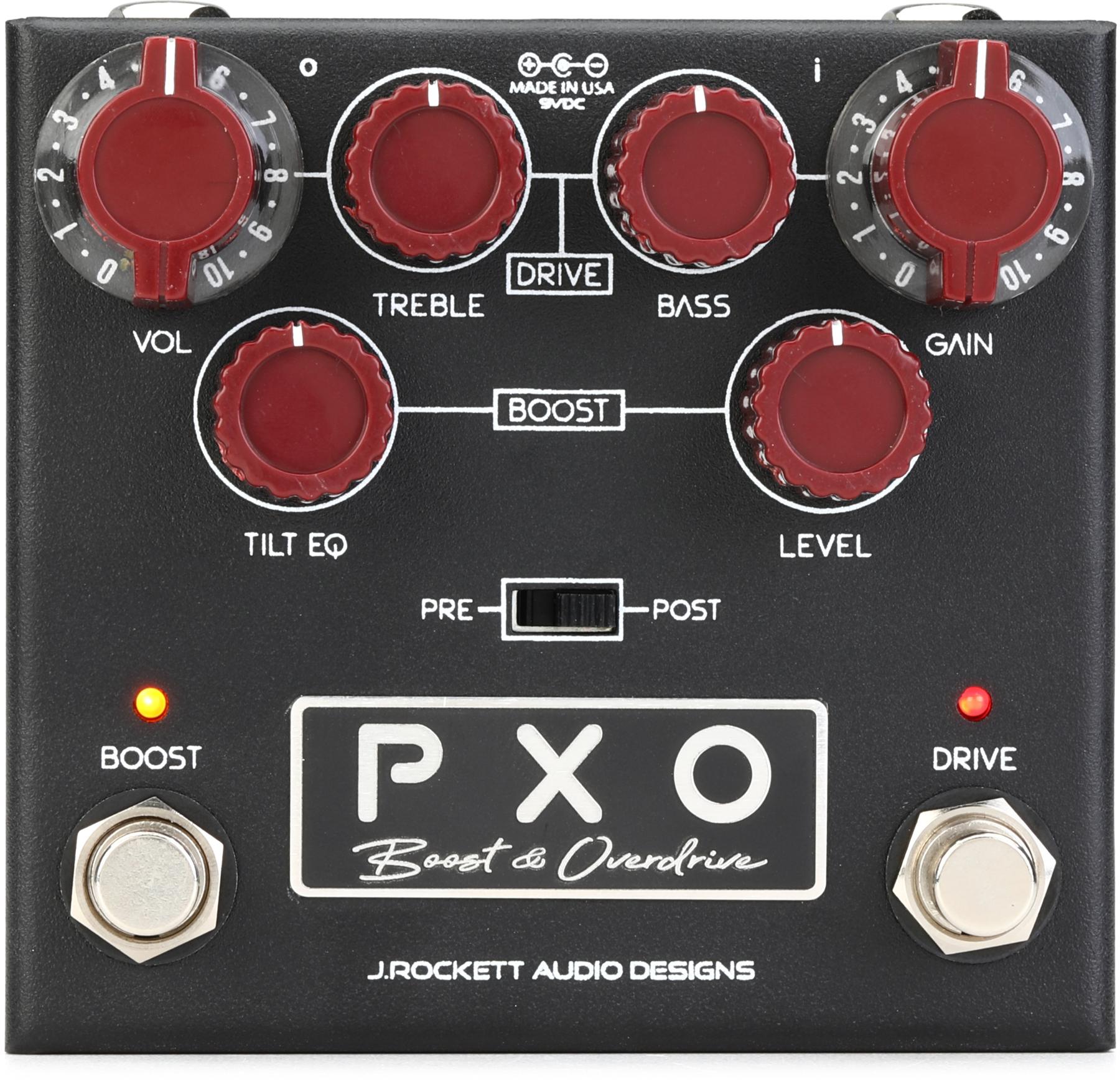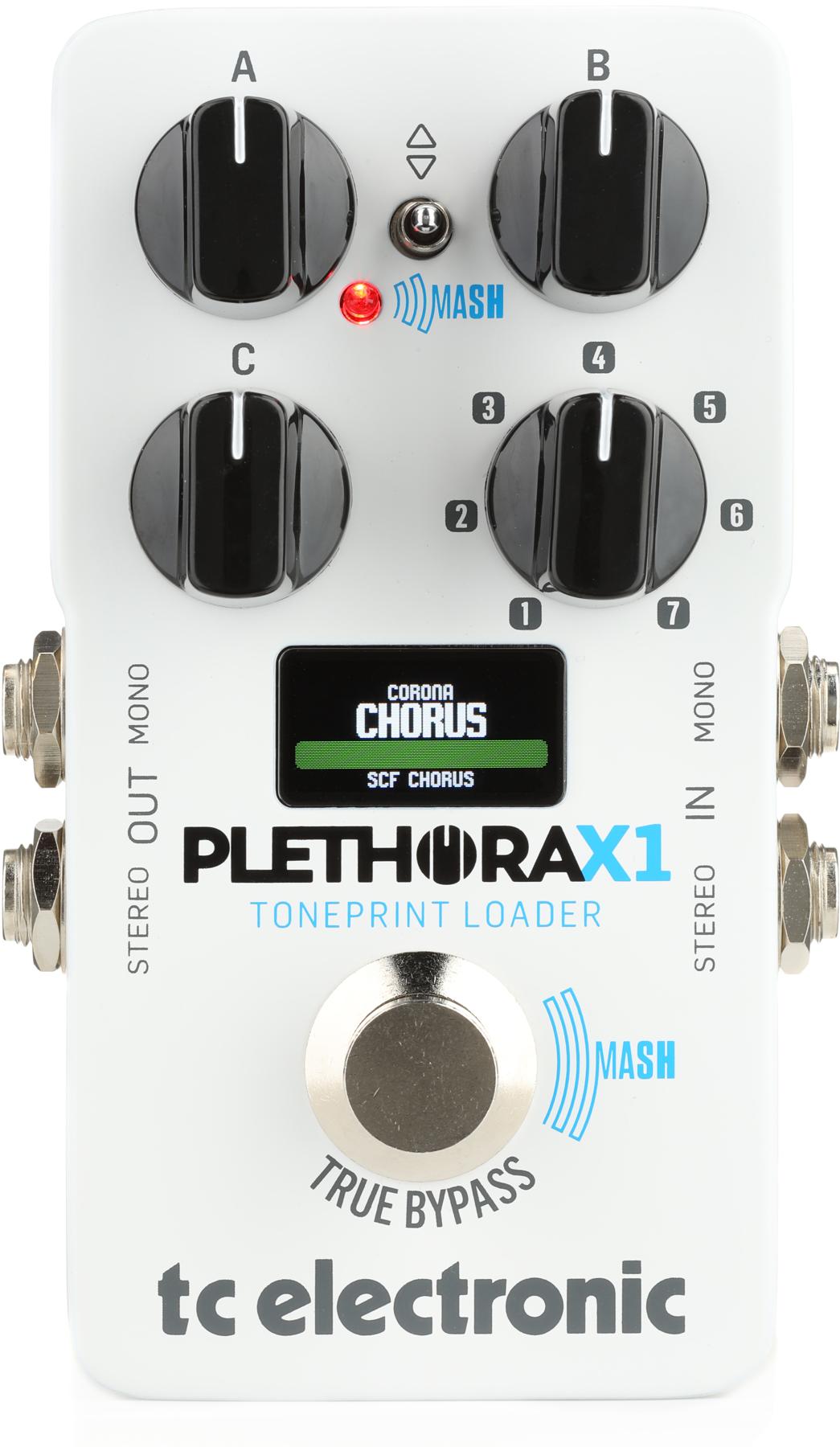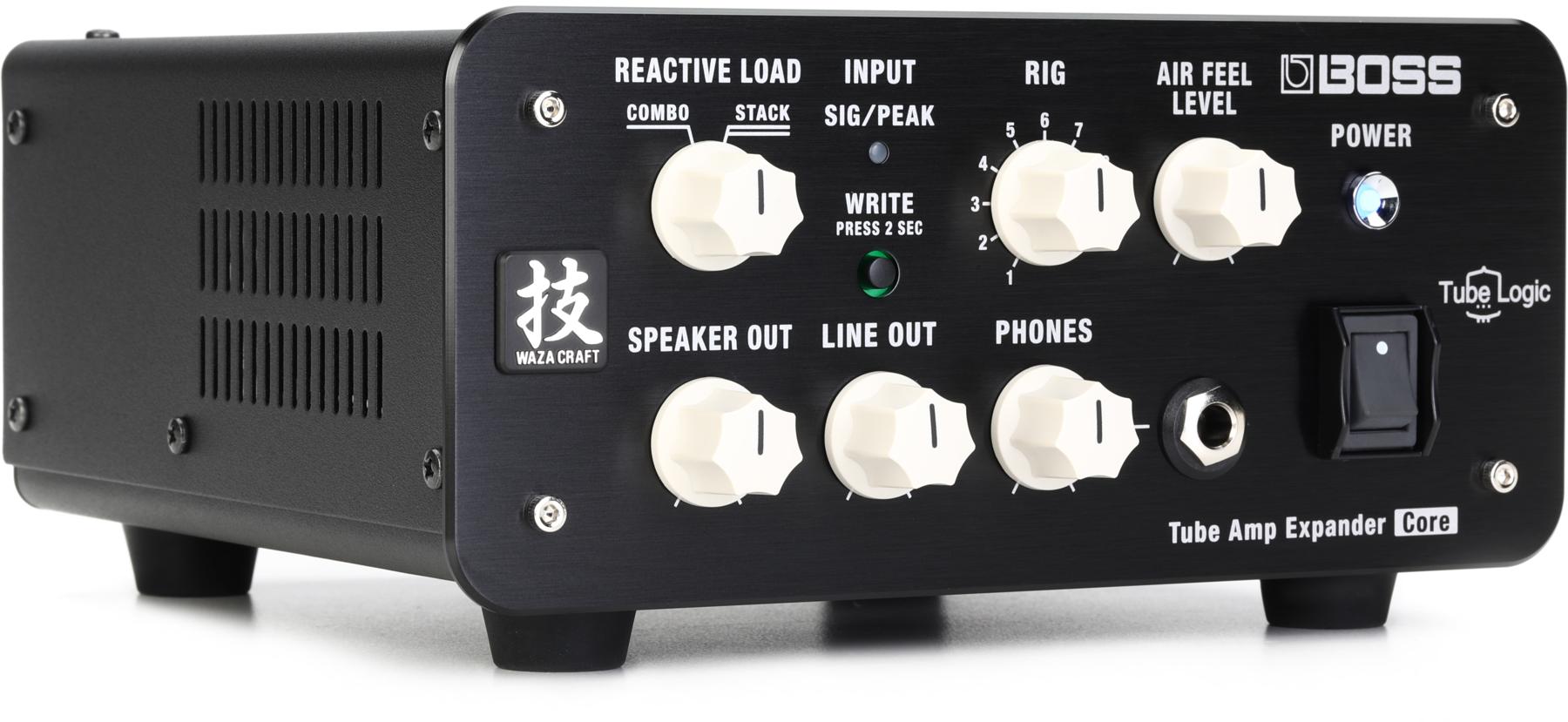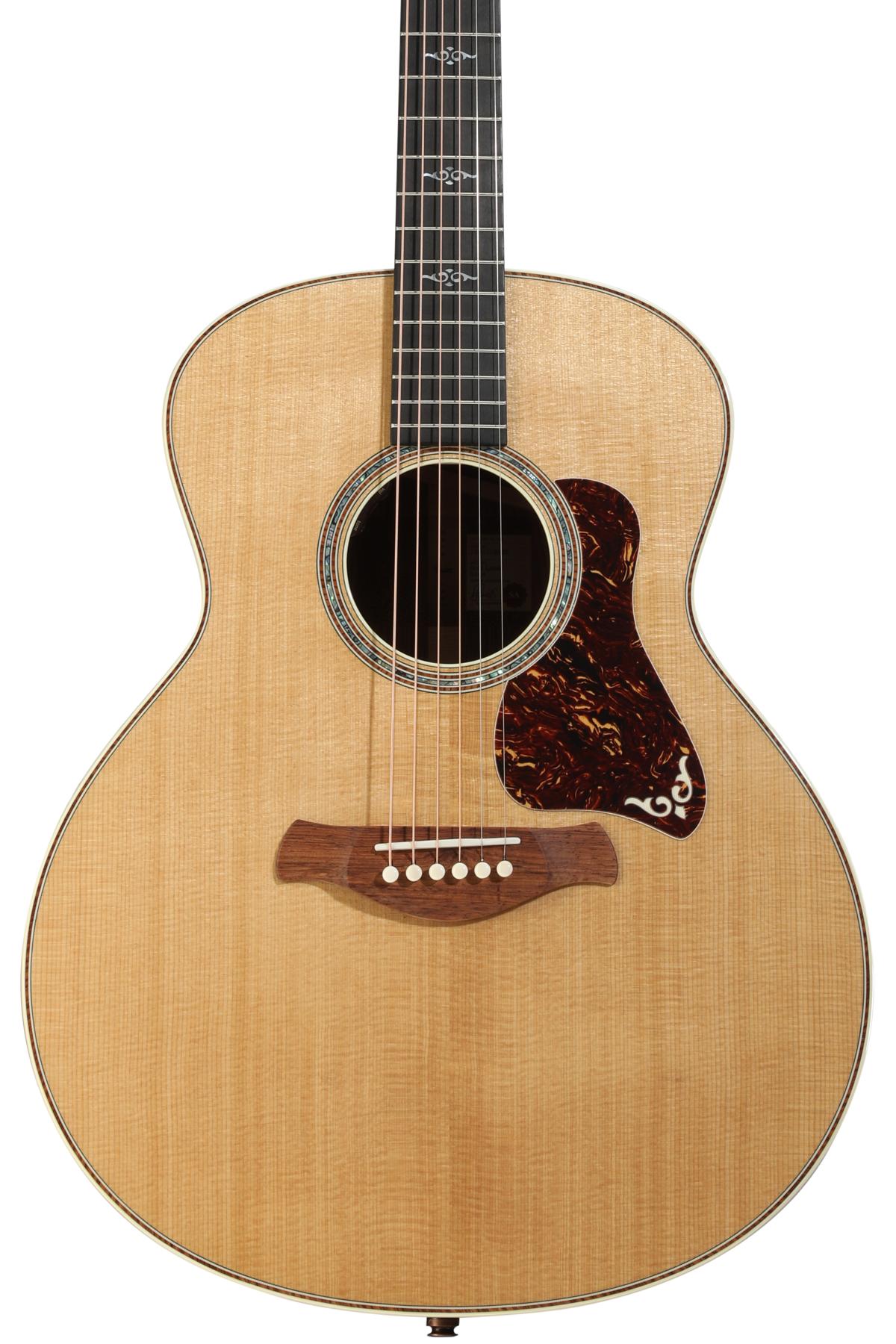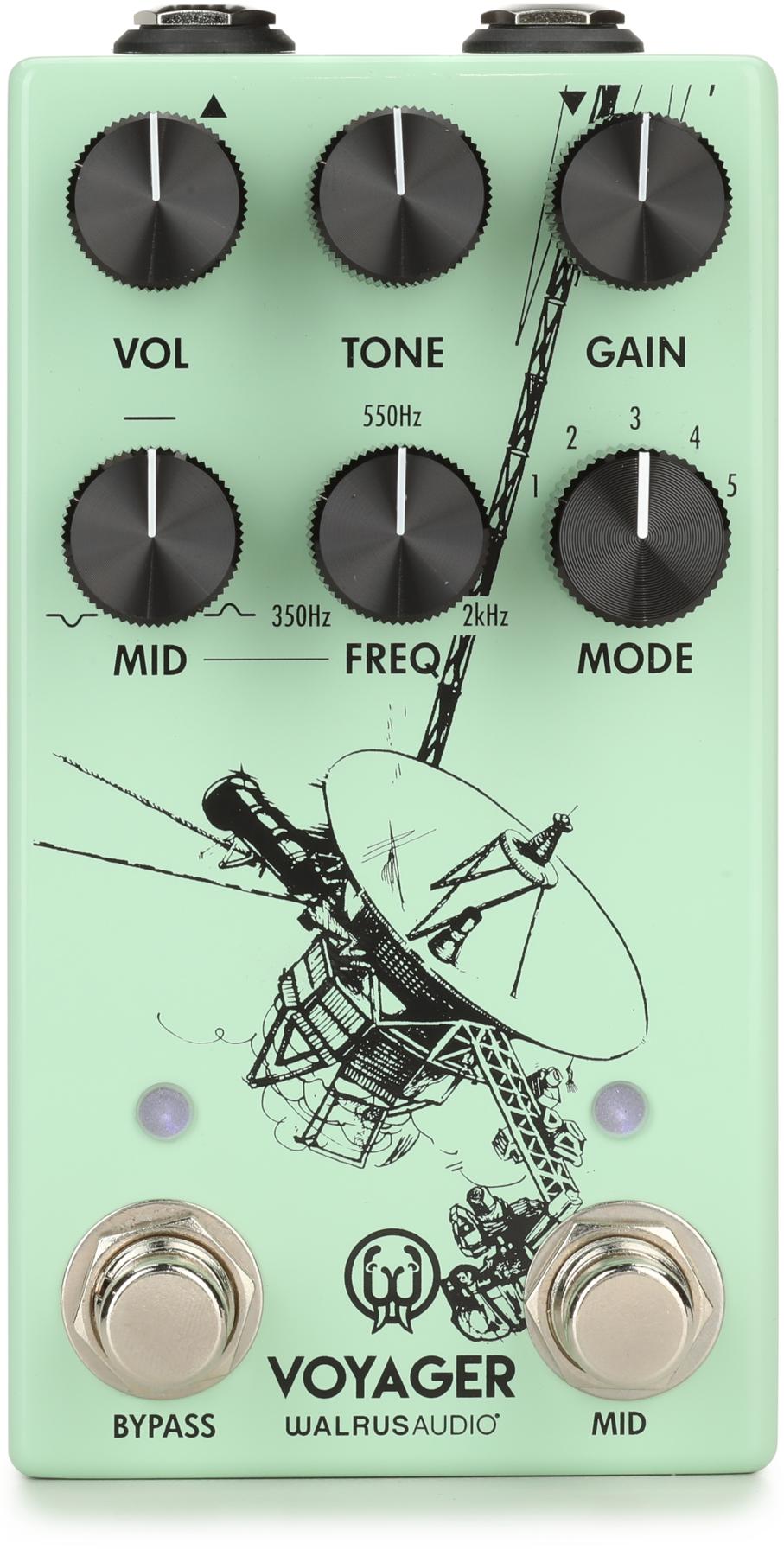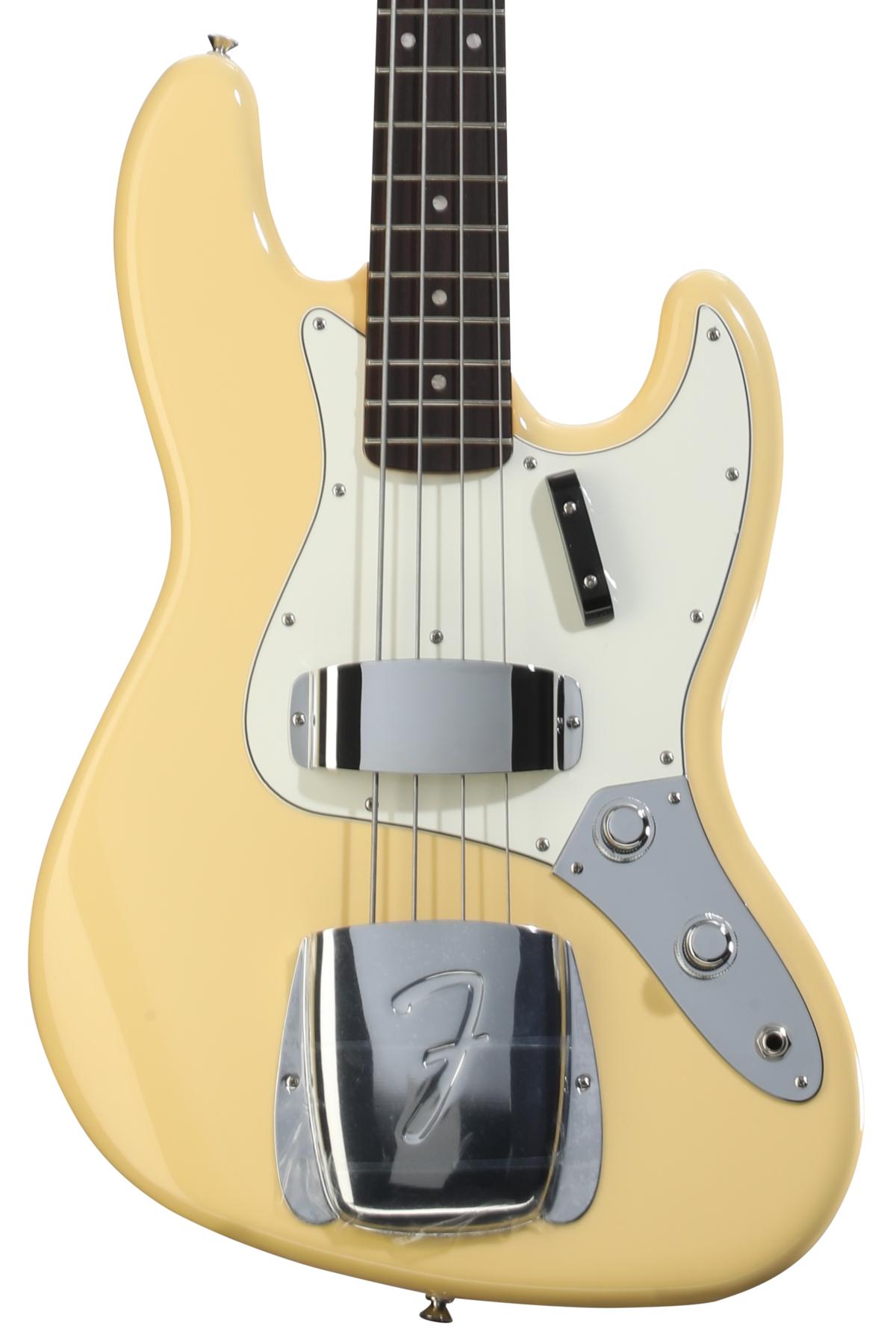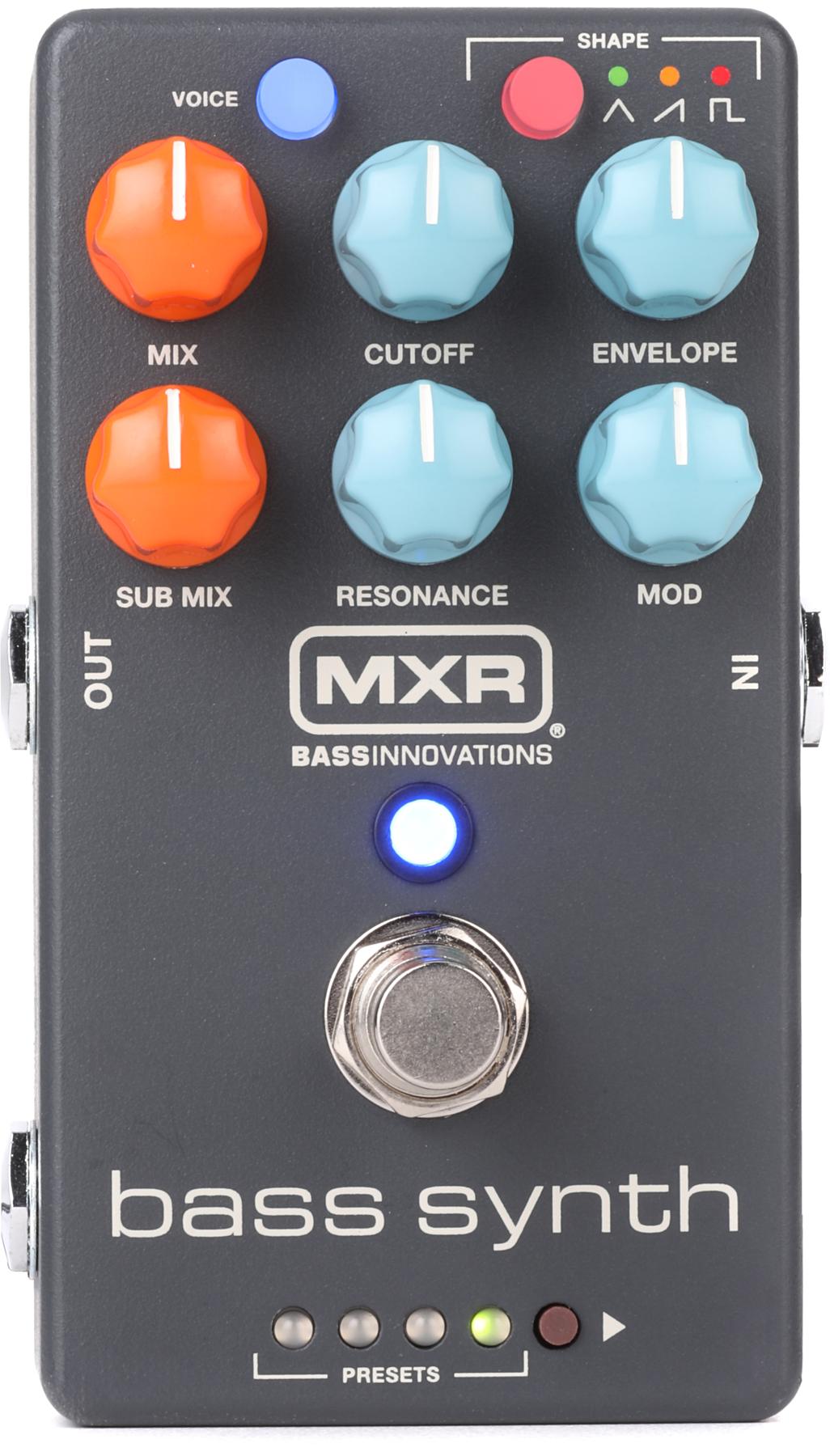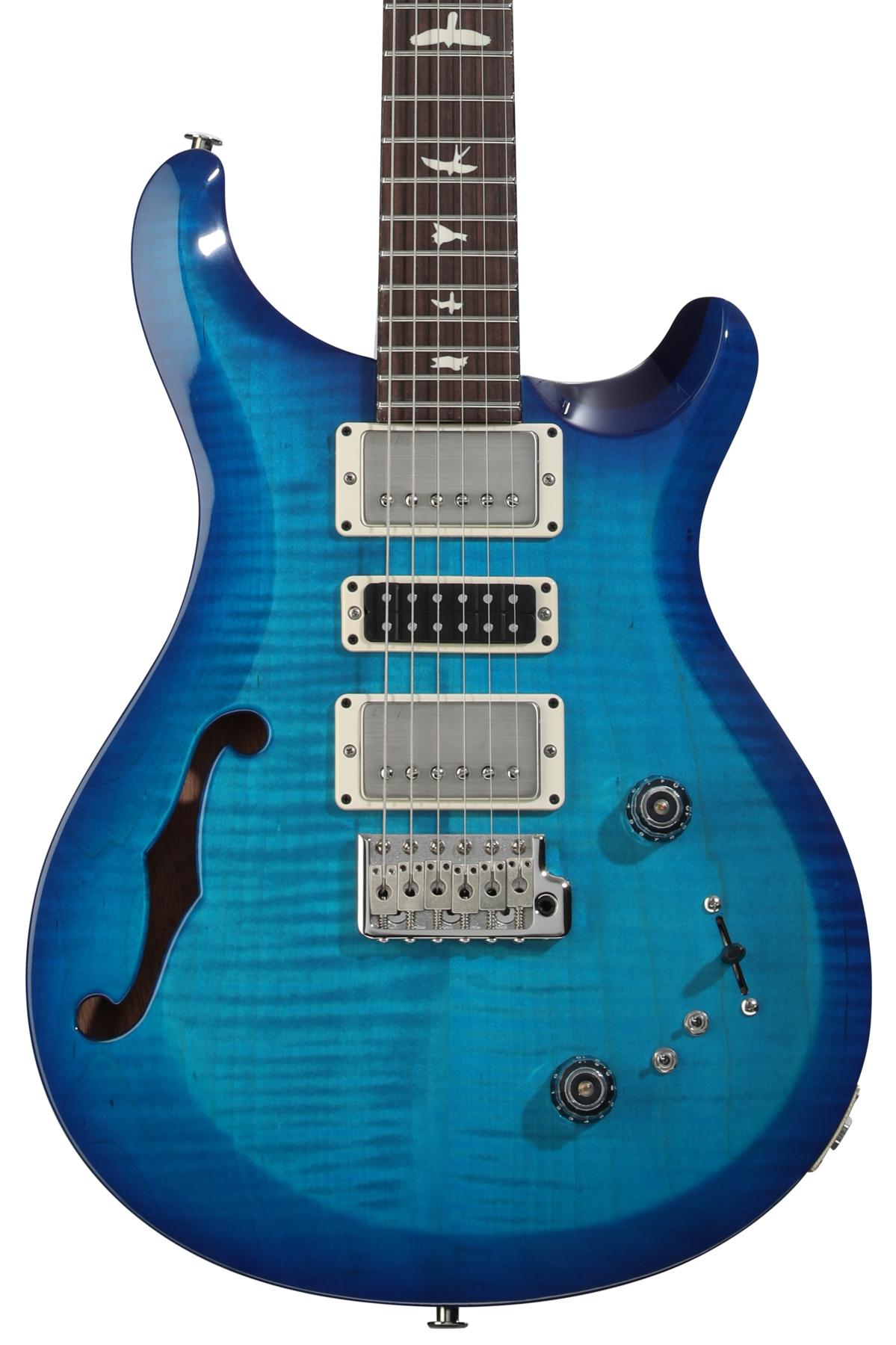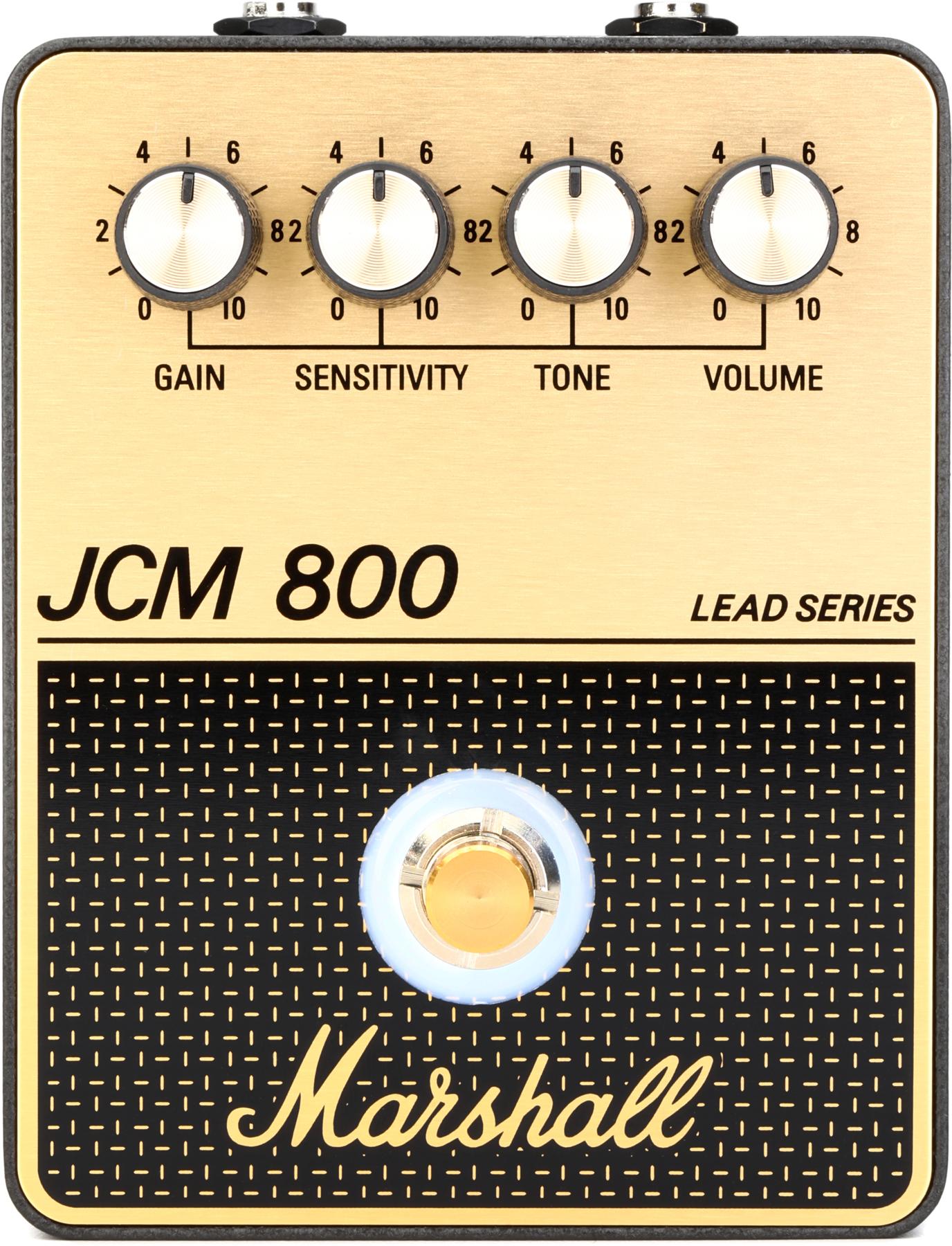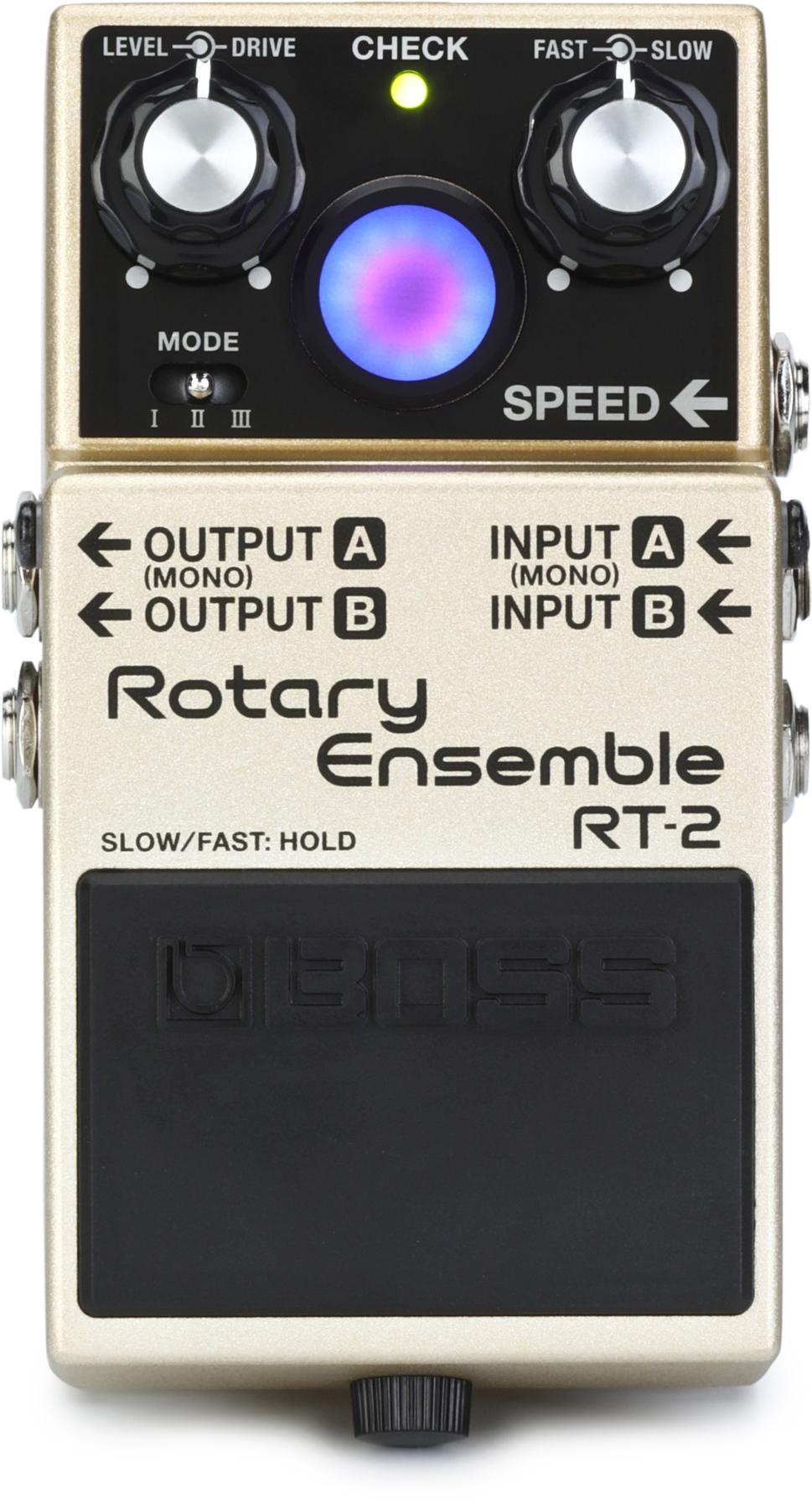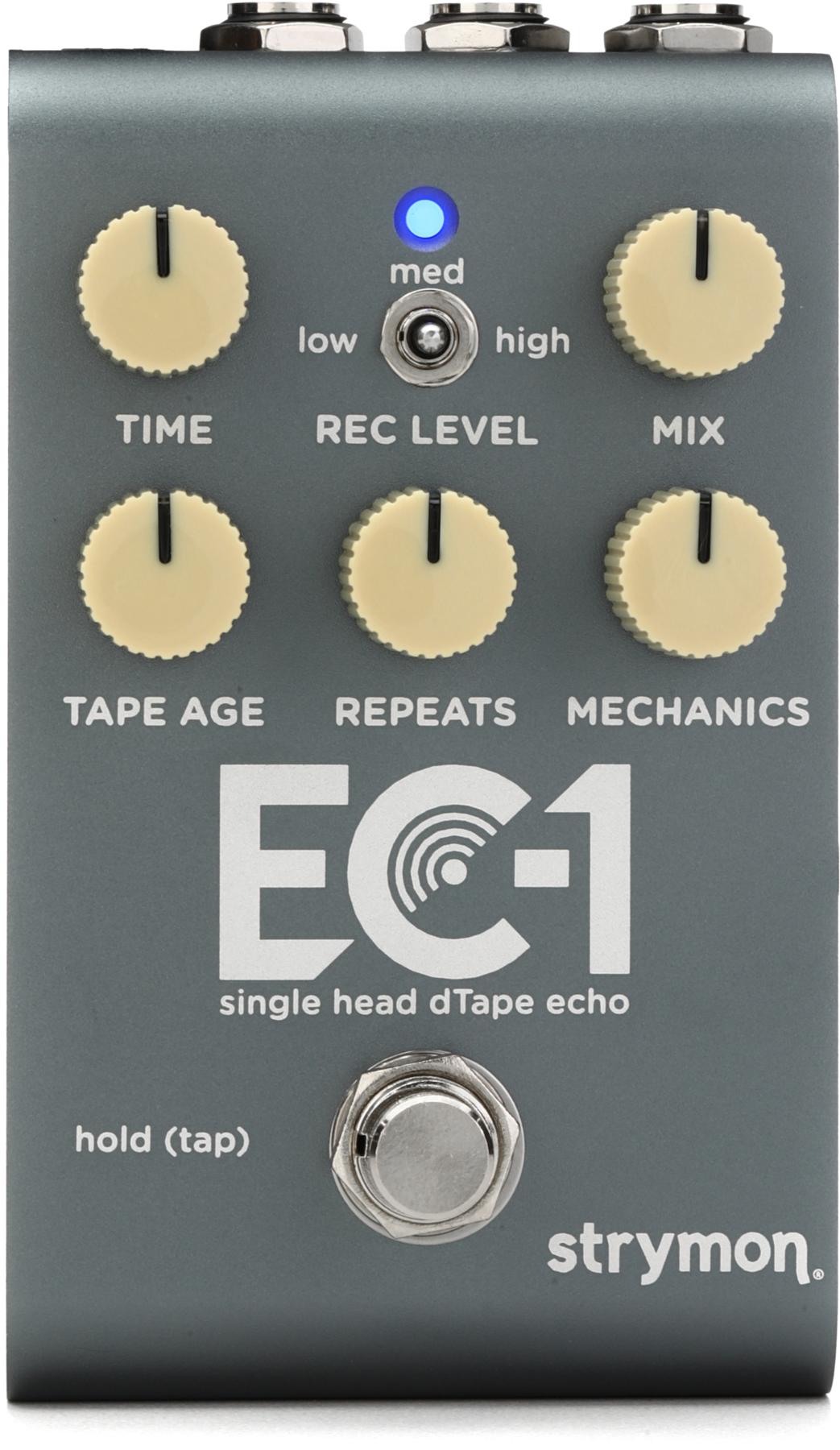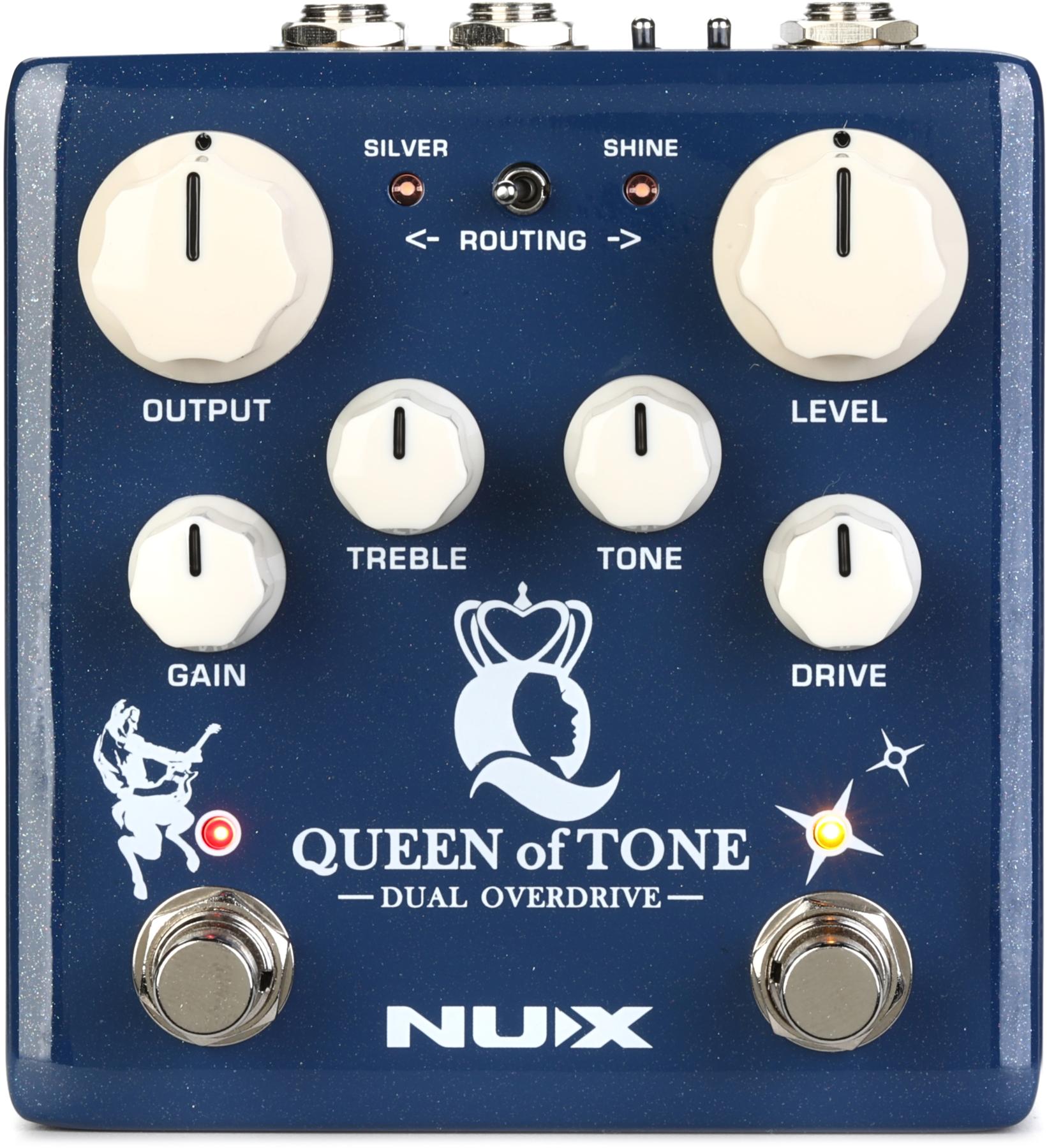Given the success of Trivium’s In Waves, which debuted at No. 1 on the Billboard hard rock charts in August 2011, you might expect the Florida-based bad boys to rehash the magic formula on the new Vengeance Falls. But Trivium never makes the same record twice.
“We’ve always said we’re the kind of band that does what it wants at any point in time,” says vocalist/guitarist Matt Heafy. “When we released The Crusade, it was the polar opposite of a Ascendancy, which had been very successful for us.”
After releasing In Waves, Trivium immediately began writing songs for the new album. Within a month the band penned “Vengeance Falls,” which would become the title track. A year and a half later the band finished songwriting and was ready to record. They enlisted Dave Draiman, frontman for both Disturbed and Device, as producer. Recording the band at his house in Austin, Texas, Draiman pushed Trivium beyond their comfort zone. He also assumed the role of Heafy’s vocal coach, helping him extend his upper range.
According to Heafy, Draiman made clear that he wouldn’t interfere with the band’s identity: “He said, ‘I know what your sound is. I’m not here to change that. I’m here to help you exemplify and evolve your best elements.’” The result is Trivium’s most adventurous release to date.
Premier Guitar caught up with Heafy and lead guitarist Corey Beaulieu on their tour bus.
How did Dave Draiman enter the picture?
Heafy: In 2005 we opened for Danzig in Chicago at the House of Blues and Dave Draiman, who happened to be living in Chicago at the time, was there. He told us he was a fan, which was cool because we were Disturbed fans. In 2011 when we did the Mayhem festival together, we gave him a copy of In Waves. He listened and said, “I think this is the best record you guys have ever done, and I would love to work with you.”
Beaulieu: He loved the songwriting progression and the melodic delivery of that record. After hanging out and seeing how much he knew about making songs and records, it just seemed like a no-brainer.
What influence did he have on your music?
Beaulieu: You can definitely hear Matt’s voice getting stronger and his range getting better on this record from all Dave’s coaching.

Photo by Chris Schwegler
Heafy: Dave is a very regimented worker, just like us. Anytime we tried to simplify something too much, he’d say, “You guys are better than that. Let’s show people.” There are several songs where he helped enhance the playing. “Brave This Storm,” for example. Initially it used the same repeating riff. But Dave said, “I feel like every time this part happens, it should evolve.” Now the guitar part changes every single time. Same thing with the verse riff of “To Believe.” Typically we would have just had the same cycle eight, 16, or 32 times. But instead, every time that part comes around, it evolves into something slightly more difficult. It’s one of the hardest things I’ve ever had to play and sing at the same time. Not because of the individual guitar or vocal part, but because the two rhythms are so different. Dave always pushed me. He’d say, “We can do anything we put our minds to.”
Beaulieu: Usually metal guys record one instrument at a time—you do all the drums, then all the bass, and so on. On this record, we broke it up. We did half the record on drums, and then we’d do two or three songs at a time on guitar and bass, and Matt would start singing. We were doing vocals the whole month we were recording and not waiting until the last week. We did everything faster because there was always something to record. If someone was burned out, someone else could jump in and start tracking. We recorded this record in about a third the time it took to make any other record. It was kind of an eye-opener. I can’t see us going back after doing it this way.
Some fans were initially worried about Draiman being involved.
Beaulieu: On the internet there’s always some jackass who has to say dumb shit. We work with who we want to work with. Dave is great. I don’t listen to critiques because I really don’t care what anyone has to say. I love the record. It’s exactly what we wanted to make, so it’s like, “Your opinion means absolutely nothing to me.”
Photo by Frank White
Songs like “Brave This Storm” and “Vengeance Falls” lead you to think the music is going one way, but then it twists in different directions.
Heafy: Yeah, that’s a part of our sound—the dynamics, the sudden changes, and the intense juxtaposition of fast and slow. You never really know what you’re going to get out of our band.
Beaulieu: One of the goals of this record was to write big songs with great grooves. To get people sucked into a rockin’ groove where their primal instinct is to bang their heads or tap their feet. Any song on this record would sound amazing at a festival in front of 60,000 people.
Your music also evolves from album to album.
Heafy: Each of the first five records is different, but Vengeance Falls channels the best of each record. I like to keep people on their toes, and keep us on our toes. It goes back to the mentality we had when we made our first couple of records: We make the kind of music we want to hear.
How do you split the guitar duties?
Heafy: I usually track all the rhythm guitars on the record. When it comes to splitting up solos, it’s really as casual as, “Do you want this part or that part?” If something requires a lot of shredding, it usually goes to Corey. When there’s something breathy and melodic that calls for a sing-along solo, I do it. We treat our solos as mini-songs within the song.
How do you come up with your harmony parts?
Beaulieu: It’s all about the big picture. It’s about experimenting with different harmony sounds and also listening to the vibe of the song. Sometimes I might try a harmony, but it sounds too happy—if it’s a dark song, playing thirds might sound a little too cheery. So I just leave it plain, or add a lower octave to beef it up. Octaves can sound pretty dark if you add them to the right part. Or I might throw in a higher octave for a slightly different vibe.
You both have signature guitars. What can you tell us about them?
Heafy: My Epiphone Les Paul Custom is completely modeled after the first Les Paul Custom I got when I was 11 or 12, which I used to record Ember to Inferno, In Waves, and Vengeance Falls. I sent that guitar to the Epiphone shop and they modeled everything: the weight, the dimensions, how it plays. The back of a Les Paul Custom is pretty boxy, and it’s hard to play at the higher frets, so we cut that back and added the Les Paul Axcess heel. I also put EMG 81/85s [neck/bridge] in the 6-string and 707/81-7 [neck/bridge] in the 7-string.
Matt Heafy & Corey Beaulieu's Gear
Guitars
Matt Heafy: Epiphone signature guitars
Gibson SJ-300 acoustic
Corey Beaulieu: Jackson signature guitars
Amps
Kemper Profiling Amps
Peavey 5150 (original block letter version)
Effects
Heafy: MXR EVH Phase 90
Dunlop Jerry Cantrell signature wah
Beaulieu: None
Beaulieu: My signature models [both 6- and 7-string] are made to order by Jackson. They’re not mass-produced in a factory. The same shop that builds the one I get makes them, so I play exactly what people get. However, my model is a USA version, so it’s three, four, or five times as expensive as Matt’s.
Heafy: I wanted to make something our fans could afford, whether it’s someone just starting off or someone like me in a professional band. A Gibson Les Paul Custom costs $3,500. I didn’t want to play a better version of what’s in the stores. I play the same exact model. The guitars I used on this tour and the European tour weren’t custom-built. They shipped directly from the factory.
Corey, would the price of your signature model be an obstacle for younger fans?
Beaulieu: I’m hoping by the end of next year we’ll start doing a Japanese import version in the $1,200 range.
You both had passive pickups on your previous Dean signature model. Now your respective signature guitars have active pickups.
Heafy: Let’s see: Ember was active. Ascendancy, The Crusade, and Shogun were passive. In Waves and Vengeance Falls were active.
Corey, you use Seymour Duncan Blackouts while Matt uses EMGs. What sonic differences do you hear between those active pickups?
Beaulieu: I like the Blackouts because they’re more balanced, quieter, and have a bit hotter output. When Matt plays his EMGs, they sound great. I had EMGs in a couple of my guitars and it seemed like I didn’t get enough lows. For my playing style, it seemed a little bit bright. The Blackouts are smoother to my ears. I loved them the first time I heard them, and I have a hard time adjusting to other active pickups.
Photo by Frank White
You recorded previous albums with a block-letter 5150 amp. Did you use that on Vengeance Falls?
Heafy: We basically tracked the whole record with it. I believe this particular 5150 belonged to Eddie Van Halen then it went to Sammy Hagar, and then Slash.
Beaulieu: During mixing everything got really beefy-sounding. The guitars sounded good, but it was missing some … balls, I guess. A little more oomph. So [mixer] Colin Richardson reamped it with a Kemper profiling amp. The way it was profiled and EQ’d just has a little more body.
Heafy: There are no cabs and no mics. The tone is an Andy Sneap profile. I’m not sure what the rig that was profiled consisted of, but Andy is known for utilizing 5150s, 5150 IIs, and 5150 IIIs in his studio.
You guys previously used the Fractal Axe-Fx.
Beaulieu: I was using the Axe-Fx and was super into the concept of having a small rack and no giant pedalboard. With the Axe-Fx, it was like, “Bam, I can get any sound I want, and I don’t have to bring any more gear than this.” I’d heard about the Kemper through friends, but what sold me was hearing the mixes. From the first tune I was like, “Dude, what did you do to the guitar tone? It sounds so brutal!” I got a Kemper a few months before the tour and learned that thing inside out. I can’t wait for the next album to have my Kemper at the studio and start copying shit.
I understand that you program the Kemper yourself.
Beaulieu: I’m pretty good at figuring out gear. I didn’t even look at the manual. I programmed everything on the Axe-Fx and the Kemper. I haven’t even had a guitar tech who really knows how to run them. I don’t like to rely on other people. I like to be hands-on with my gear. [Laughs.] Minus the guitars. I hate changing strings. Have fun with that!
Matt, does the Kemper sound or feel better to you than the Axe-Fx?
Heafy: For me, yes, though some bands prefer the Fractal. The thing is, there is no right or wrong answer. If you like the way a $300 plastic guitar sounds, that’s fine. It’s all about finding what works for you. What works for me are my Epiphone and my Kemper. If it doesn’t work for other people, that’s fine. Kids shouldn’t be buying a full-stack rig for their bedroom.
What sort of rig do you have in your bedroom?
Heafy: I write and practice with the smallest Roland Micro Cube. I don’t have any other amps in my house. I use the JC clean setting and the crunch or classic one, not the setting with full distortion. I don’t use anything else. I prefer the Cubes and minimalist tones because they don’t mask what you’re doing when you’re working on your chops. If you’re just jamming and want to have fun, add effects. But if you’re honing your playing, it’s good to really hear what you’re doing and not cover it up with effects or distortion.
YouTube It
To see and hear Trivium at their best, check out these clips:
Trivium teases the audience at Wacken Open Air 2013 with a pre-release rendition of “Brave This Storm,” the opening track from Vengeance Falls.
Trivium’s guttural screams, searing guitar solos, and rhythmic riffing on “In Waves” enchant the audience at Wacken Open Air 2011.
Trivium pays homage to one of their seminal influences with an acoustic cover at SXSW 2012.






















